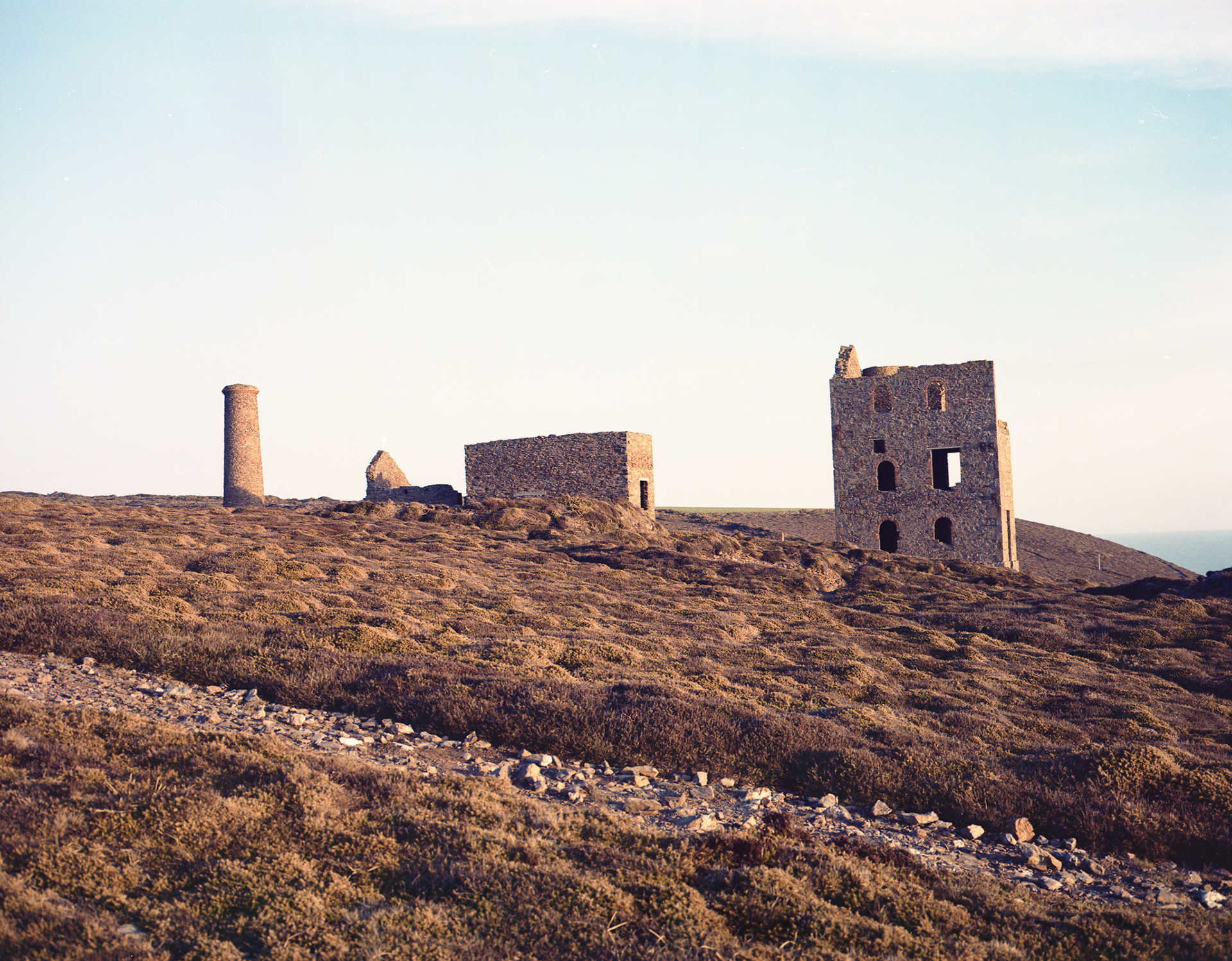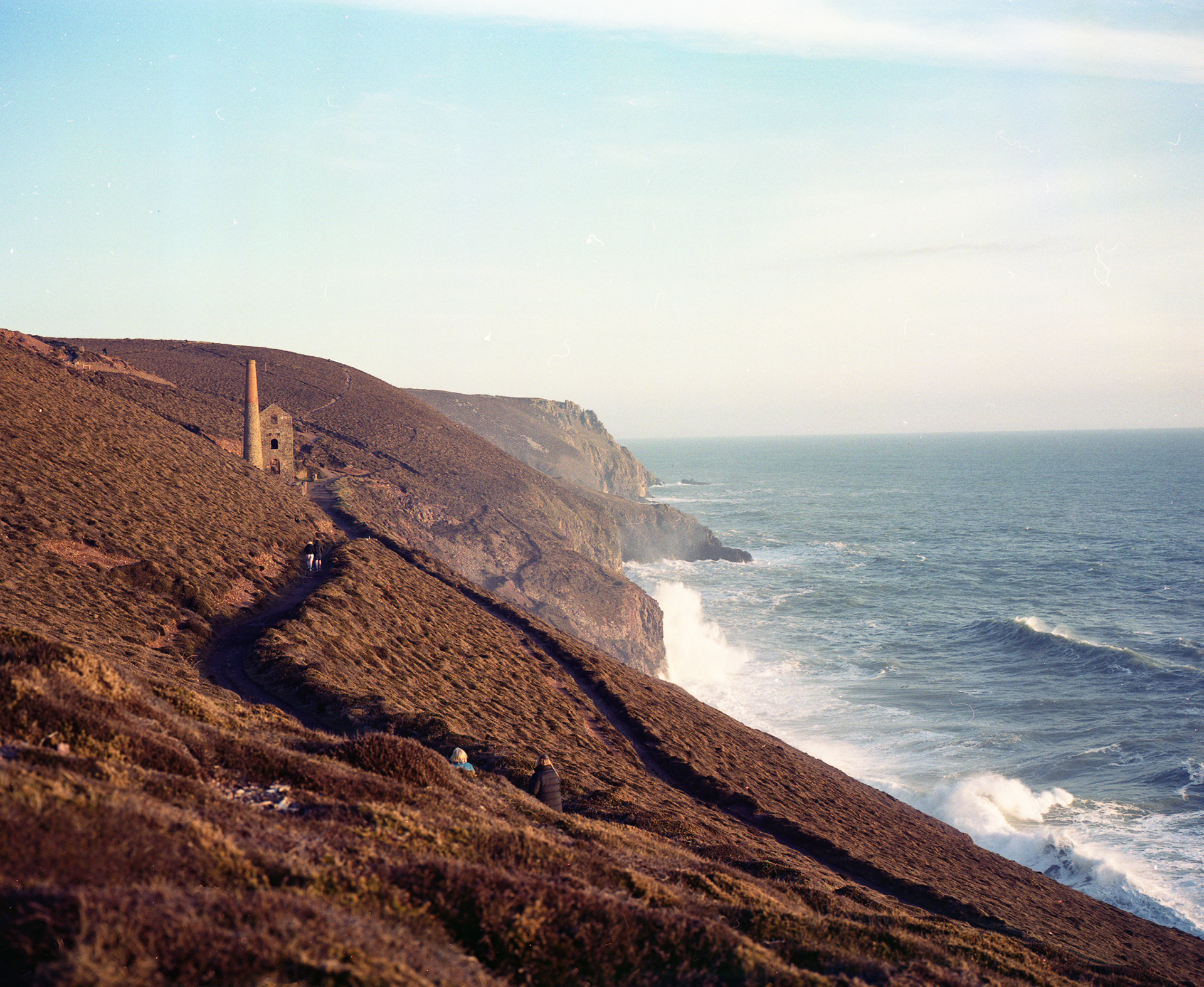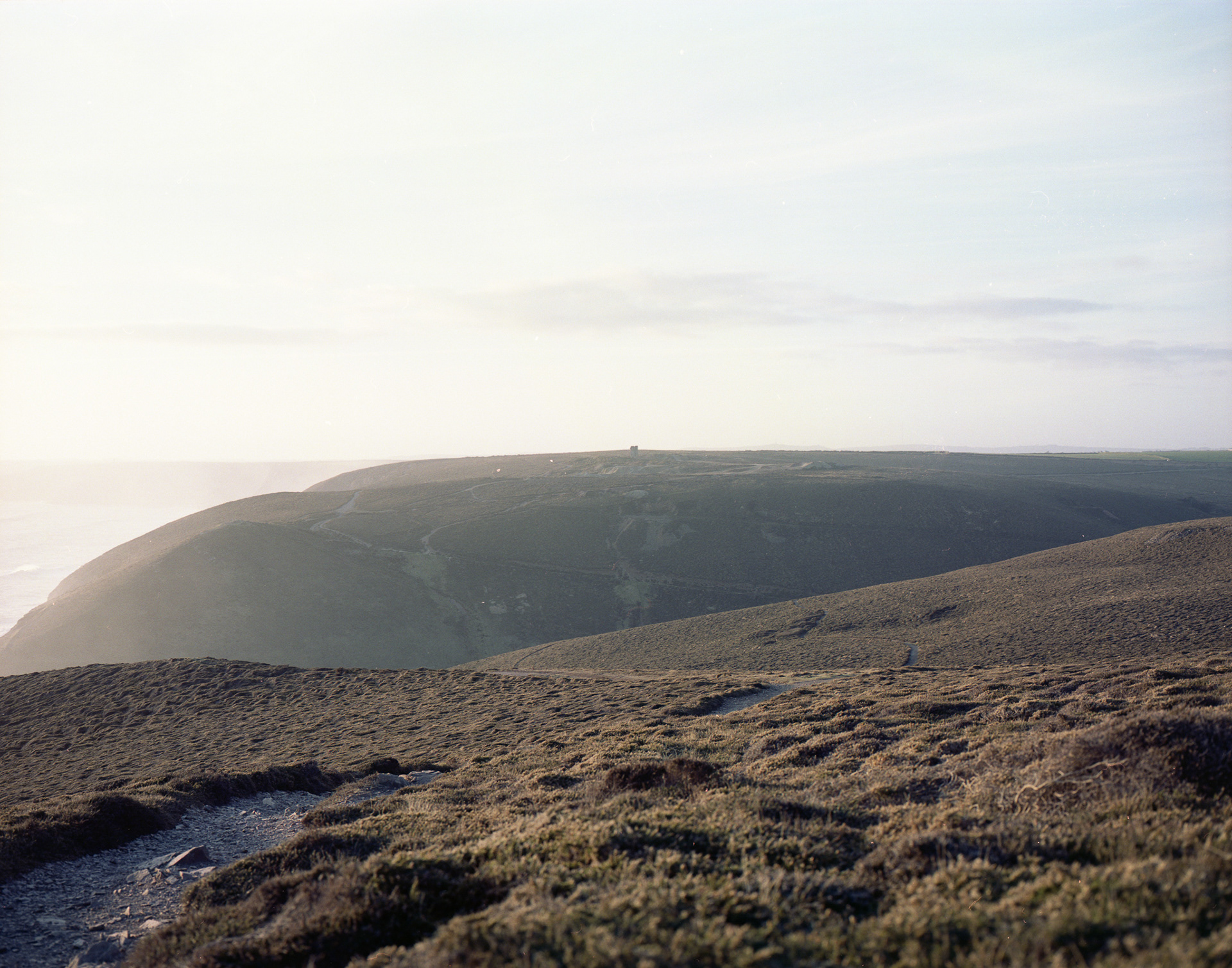Wheal Coates tin mine opened in 1802 and worked until 1889. The image of the Towanroath Shaft engine house, famous on postcards, calendars, and on the telly represents for many the serene beauty of the north Cornish coast. In reality this industrial landscape holds a harsh and austere history.
The life of a Cornish miner was a tough.
Working deep underground in cramped and stifling conditions meant that miners were thought of as worn out and old by the time they were 40. The air in the mine was thick with powder smoke, dust and fumes from rock blasting that miners often coughed up black phlegm. Many suffered with bronchitis, silicosis, TB and rheumatism. Accidents caused by explosions, falling, rock falls, drowning and entanglement in machinery were a real danger and took many lives.
Woman were employed as Bal maidens, wielding hammers and crushing copper ore into smaller fragments. By the early nineteenth century over 7000 children were working in Cornish mines, initially above ground doing menial tasks, but when they were twelve they joined their fathers underground.
At its peak Cornish mining employed upwards of 30,000 people. In the mid nineteenth century the industry began to decline, and in 1875 over 10,000 miners left Cornwall to find work overseas. The skills and experience of Cornish mining spread across the world. They also took the pasty with them.
There are over 160 places, across six continents, where Cornish mine workers took their skills, technology and traditions; a truly global heritage. Cornwall and west Devon’s mining landscape, shaped during a period of intense industrial activity, is testimony to one of the greatest periods of economic, technological and social development Britain has ever known.
From 1700 to 1914, the metal mining industry played a vital role in transforming our way of life. It provided essential raw materials to feed the Industrial Revolution in Britain, and pioneered technological developments that helped shape the society we live in today. For example, Richard Trevithick’s advances in steam engine technology – originally motivated by the need to pump water out of mines – ultimately enabled the development of steam trains, changing the world forever through the mass movement of people and goods.
On 13 July 2006 select mining landscapes across Cornwall and West Devon were inscribed as UNESCO World Heritage Sites, placing Cornish mining heritage on a par with international treasures like Machu Picchu, the Taj Mahal and the Great Wall of China.
https://www.nationaltrust.org.uk/wheal-coates/features/wheal-coates-tin-mining
Film contact sheet








I am not going to talk about this shoot in too much detail as I have decided that the mining industry is not something I am going to carry on through this project. Initially, when I began to think about what I wanted to explore for this body of work I thought about my project “The Forgotten Moor” and felt like I wanted to do something similar to that but along the South West Coastal path. Still being inspired by that, I want to develop and deepen the thinking and theory that sits behind my work. This is why I think I am purely going to focus on the Second World war sites that sit along the south coast...however… I will explain that in another blog post.
I went down to St Agnes last Saturday when the first of the spring weather hit us. I wanted to walk along the coastal path in the early evening and capture the mine at golden hour. And wow were we lucky. The weather and light was absolutely perfect, it could not have been any better than what it was. This time I only had the Mamiya 7 with me...well I had the Sony but forgot to put the SD card in it. I saw this as a blessing as it forced me to purely shoot film, and I loved it. The process was slow but I had to work fast enough when to capture everything I wanted in the time that the light was giving us.
When I was editing the photographs I wanted to great a dream-like aesthetic. I was thinking about the prosperity and economic boom that the mining industry brought Cornwall and I wanted to capture it in a positive light. Much in contrast to my previous shoot where I wanted to capture the complete opposite as the energy of the site resembled a deep sorry. In some of the photographs, I replaced the sky with warmer colours to sit on top of the golden colours the sun was putting onto the cliffs tops. I found it hard to get my exposures completely correct as I was using the built in light meter in the Mamiya 7...this is where the digital camera may have been useful as I would have been able to check the exposure of the images before shooting with them on film. I think in the future Sony definitely has a use in the camera bag for back up images and exposure checks but will maybe be used as more of a tool than the focus composition camera.
Overall, I am really pleased with the photographs. However, they are JUST PRETTY PICTURES which is something that I don’t usually shoot. I also think that in a pretty picture the narrative gets lost as the viewer is too impressed with the location that you have photographed. I was incredibly lucky with the light that I was given on the day however this is not the style of photographs that I want to capture for a project. Going forward I will explain my line of thought and the direction in which I want to sail this project.